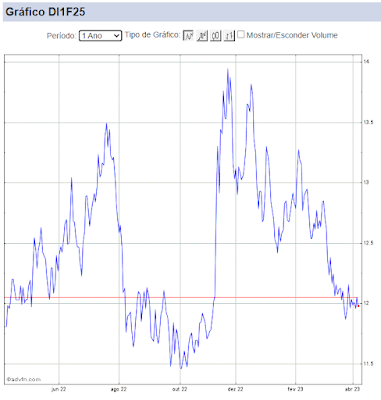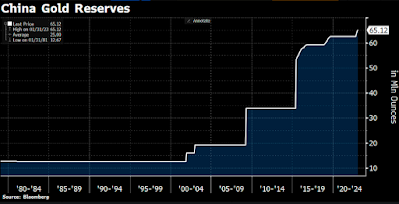Ásia: Sinais preocupantes. Default do Fundo Estatal da Malásia.
A Ásia trouxe notícias preocupantes para o cenário, principalmente pelo default do fundo estatal da Malásia que, aparentemente, deixou de pagar o coupon de US$50mm de uma dívida de $1,75b. Segundo a Merrill Lynch:
$MYR has been the main mover in a subdued Asia session, trading ~80bps higher to 3.9450 highs (1mth NDF) following headlines today that 1MDB has defaulted on a $1.75bn bond after missing a $50mm interest payment. This 1MDB default triggers cross-defaults on debt due in 2021/2024/2039. While yesterday there was only a partial reflection in the CDS market to this news, today other asset classes have seen spillovers. 5y MYR CDS is now up 10bps (168) since Monday morning, with little trading, while 5y MYR NDIRS is up 1bp today at 3.77%. BofAML’s Asia strategist, Rohit Garg, believes that it is UNCLEAR if a 1MDB default constitutes sovereign default and/or if the Malaysian government is forced to take over/assume the liability of 1MDB. If it is indeed forced to take over the liability, it will be very negative for all ringgit assets. The full amount in question (USD 6.48bio = 25bn MYR) is quite big considering that fiscal deficit of Malaysia is 37bn MYR. Today’s news may be worrying for many who are bullish Malaysian assets, particularly those without FX hedges in place.
A despeito desta notícia, os ativos de risco operam relativamente estáveis esta manhã, com leve viés positivo. A agenda do dia será recheda de indicadores relevantes nos EUA, o que merece atenção as vésperas da decisão do FOMC.
Vale ressaltar, contudo, que não é apenas a Malásia que traz um news flow mais negativo na região. Segundo O Morgan Stanley:
Watching Funding Costs. Elsewhere the global economic story is not looking any better. 1MDB, Malaysia’s state fund, failed paying interest rates on a USD1.75bln outstanding bond. Korea’s Q1 GDP growth coming in at 2.7% showed sluggish demand and investment. The Philippines reported imports falling from a 30.8%Y rate in January to 1.2%Y in February. Yesterday, we highlighted Korea’s biggest shipper asking for debt-restructuring seeing its share price falling by 30%. The region has too much debt and its falling return of investment make it more difficult to maintaining this debt unless debt service costs come down. That is why we watch US yields and rates carefully. 60% of the Asian yield moves can be explained by developments in US markets. Prospects of higher US yields do not bode well for leverage mainly found within Asia’s corporate sector even if most of this debt is funded in local currency. Rising US funding costs increase local funding costs and thus influence the pace of deleveraging.
Assim, mantenho meu viés mais cauteloso no curto-prazo, já que vejo um quadro técnico menos positivo, níveis de preço menos atrativos e o acumulo de riscos ao cenário nos últimos dias, em uma semana de agenda carregada de indicadores e decisões de bancos centrais.
No Brasil, Meireles parece o favorito para assumir o Ministério da Fazenda em um eventual governo Temer. As articulações continuam a todo vapor e, por hora, os sinais em relação a equipe que será montada, e a postura que será adotada, continuam bastante positivos. O risco de curto-prazo, a meu ver, fica por conta doa avanços da Operação Lava-Jato.


Comentários
Postar um comentário